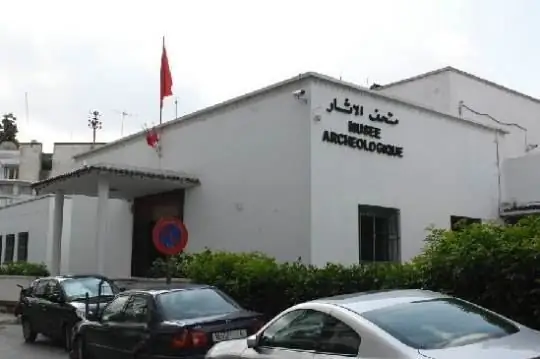
Description of the attraction
The Archaeological Museum, located in the Moroccan capital, Rabat, is the country's largest collection of antiquities. It contains an extensive collection of archaeological artifacts that have been found on the territory of the state.
The museum is housed in a building erected in the 1930s for the Antiquities Service. It originally housed a collection of pre-Islamic and prehistoric antiquities. The exhibits discovered by scientists during archaeological excavations in Banas Volubilis and Tamusida were first exhibited to the public in 1930-1932. After the exposition significantly increased in 1957, the museum was given the status of a national one.
All the exhibits presented in the Archaeological Museum of Rabat are grouped according to the corresponding sections and chronological grounds. For example, the prehistoric section contains the remains of ancient people from the Paleolithic era; various bronze items can be seen in the Roman section; in the section on pre-Islamic civilization, you can familiarize yourself with the history of trade relations between Morocco and Carthage. As for the section of Islamic archeology, it is being replenished with new exhibits to this day. Here are mainly items that people used in everyday life.
Of particular interest among visitors to the Archaeological Museum of Rabat are artifacts of pebble culture - these are the results of excavations in Arbois, Casablanca and Duar Doum, the Acheulean culture - finds made in Daya el-Hamra and Sidi Abderrahman, Mousterian and Aterian cultures that existed about 6 thousand years ago. Traces of the Aterian culture are absolutely unique. Only thanks to excavations carried out on the territory of Morocco, it became known about its existence.
The collection of antique bronze statues is also very popular among the guests of the Rabat Archaeological Museum. One of the most interesting exhibits in this collection is the ivy-crowned statue of Ephebus.






